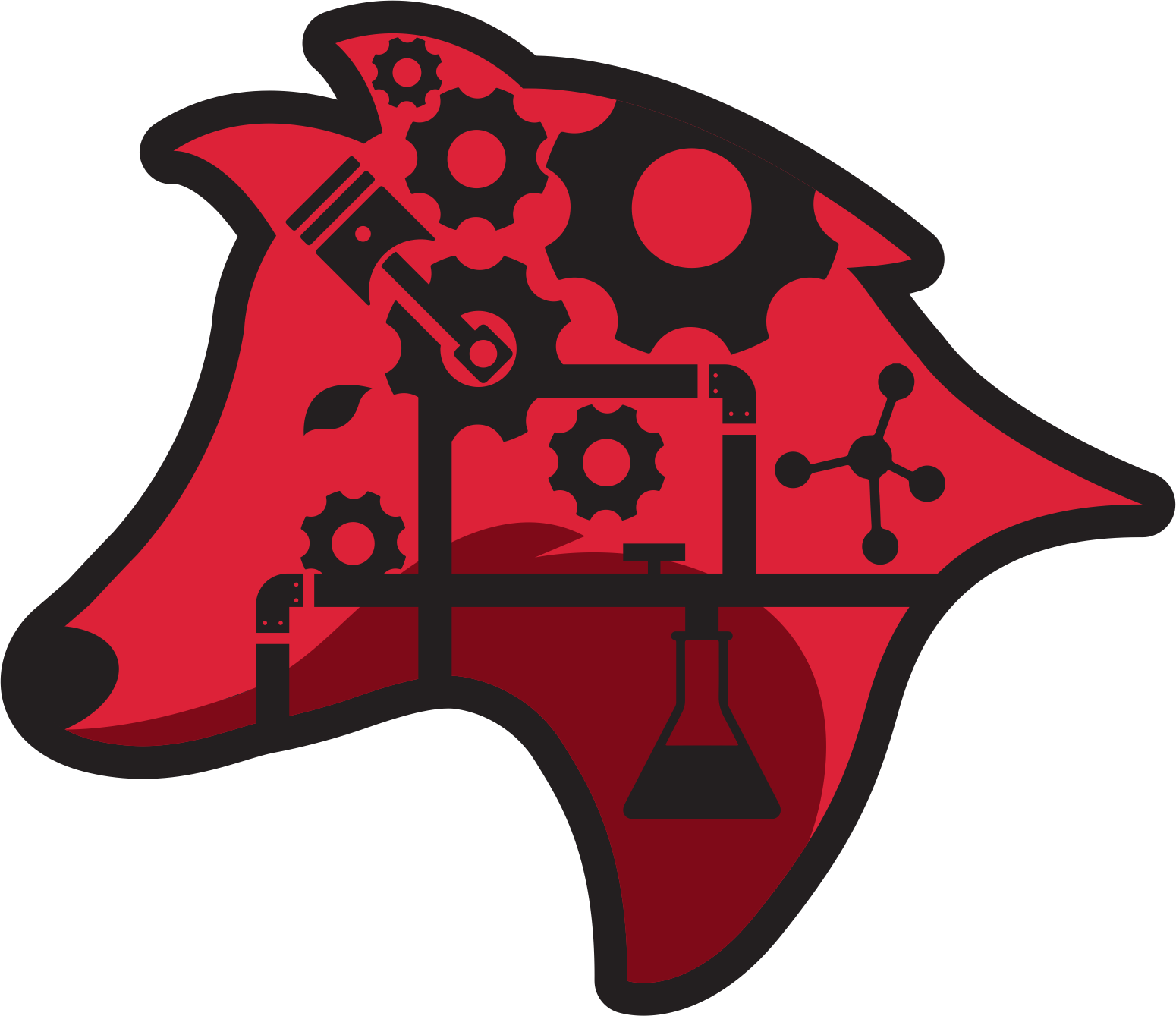# Apparatus
class Apparatus(name: Union[str, NoneType] = None, description: Union[str, NoneType] = None)
A unique network of components.
Note
The same components may be organized into multiple distinct apparatuses, depending on the connections between them.
# Arguments
name: The name of the apparatus. Defaults to "Apparatus_X" where X is apparatus count. This should be short and sweet.description: A description of the apparatus. Can be as long and wordy as you want.
# Attributes
components: A set containing the components that make up the apparatus.description: A description of the apparatus. Can be as long and wordy as you want.name: The name of the apparatus. Defaults to "Apparatus_X" where X is apparatus count. This should be short and sweet.network: A list of tuples in the form(from_component, to_component, tube)describing the configuration of the apparatus.
# add
def add(self, from_component: Union[mechwolf.components.stdlib.component.Component, Iterable[mechwolf.components.stdlib.component.Component]], to_component: Union[mechwolf.components.stdlib.component.Component, Iterable[mechwolf.components.stdlib.component.Component]], tube: mechwolf.components.stdlib.tube.Tube) -> None
Adds connections to the apparatus.
If both from_component and to_component are iterables, then their Cartesian product will be added to the apparatus.
# Arguments
from_component: TheComponentfrom which the flow is originating. If an iterable, all items in the iterable will be connected to the same component.to_component: TheComponentwhere the flow is going. If an iterable, all items in the iterable will be connected to the same component.tube:Tubethat connects the components.
# Raises
ValueError: When the connection being added is invalid.
# describe
def describe(self) -> Union[str, IPython.core.display.Markdown]
Generates a human-readable description of the apparatus.
# Returns
- A description of apparatus. When in Jupyter, this string is wrapped in a
IPython.display.Markdownobject for nicer display.
# Raises
RuntimeError: When a component cannot be described.
# summarize
def summarize(self, style: str = 'gfm') -> Union[IPython.core.display.Markdown, NoneType]
Prints a summary table of the apparatus.
# Arguments
style: Eithergfmfor GitHub-flavored Markdown orascii. If equal togfmand in a Jupyter notebook, returns a rendered HTML version of the GFM table.
# Returns
- In Jupyter, a nice HTML table. Otherwise, the output is printed to the terminal.
# visualize
def visualize(self, title: Union[bool, str] = True, label_tubes: bool = False, describe_vessels: bool = False, rankdir: str = 'LR', node_attr: Union[Mapping[str, str], NoneType] = None, edge_attr: Union[Mapping[str, str], NoneType] = None, graph_attr: Union[Mapping[str, str], NoneType] = None, file_format: str = 'pdf', filename: Union[str, NoneType] = None, **kwargs) -> Union[graphviz.graphs.Digraph, NoneType]
Generates a visualization of an apparatus's network graph.
For full list of acceptable Graphviz attributes, see the graphviz.org docs and its Python API's docs.
# Arguments
describe_vessels: Whether to display the names or content descriptions ofVesselcomponents.edge_attr: Controls the appearance of the edges (tubes) of the Apparatus. Must be of the form{"attribute": "value"}.file_format: The output format of the graph, either "pdf" or "png".filename: The name of the output file. Defaults to the name of the apparatus.graph_attr: Controls the appearance of the Apparatus. Must be of the form{"attribute": "value"}. To get orthogonal splines (i.e. edges with sharp corners), passsplines="ortho". To increase the separation between components, setnodesep = "0.5"or similar.label_tubes: Whether to label the tubes between components with the length, inner diameter, and outer diameter.node_attr: Controls the appearance of the nodes (components) of the Apparatus. Must be of the form{"attribute": "value"}.rankdir: The direction of the graph. UseLRfor left to right andTDfor top down.title: Whether to show the title in the output. Defaults to True. If a string, the title to use for the output.
